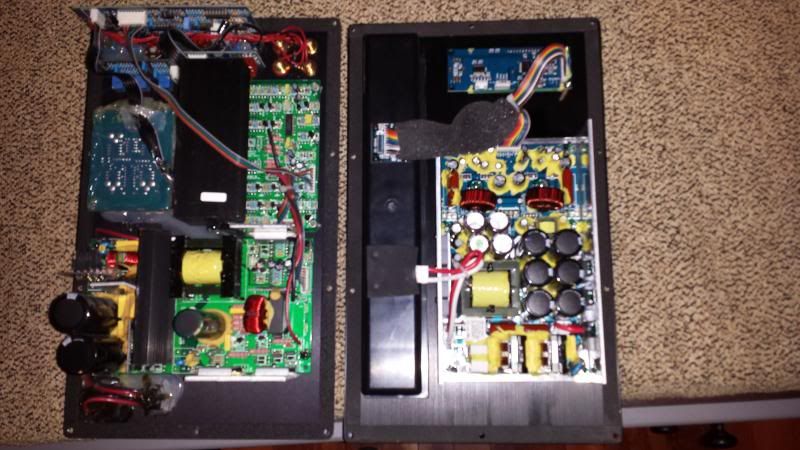Next, my observations with the 2 PSA XV-15s and the PB-13U. We calibrated the two colocated PSAs to the same level as the PB-13U and listened to some music, specifically a track from the "Celtic Woman" CD. The PSA's detail, or fidelity, was on par w/ the PB-13U but the extension wasn't there. For example, near the beginning of the song a large drum is struck. The PB had more "depth" to this sound while the PSAs sounded a little more "hollow".
When I read the comment in this thread about "mid-bass" punch that seemed to reinforce what I heard. The PSAs didn't seem to extend as deep as the PB. When they were turned up, the boost in the lower range got closer to the PB's level but the SPL meter showed that they were definitely hot (on the order of 8 dB hot).
Let's no lose perspective here, though. Those 2 PSAs still cost $400 less than the current PB-13U. In hindsight, one thing that might have been fun to would have been to calibrate a single PSA and see how an $800 sub performed in my decent-sized room. Oh well, something to do next time...
John

